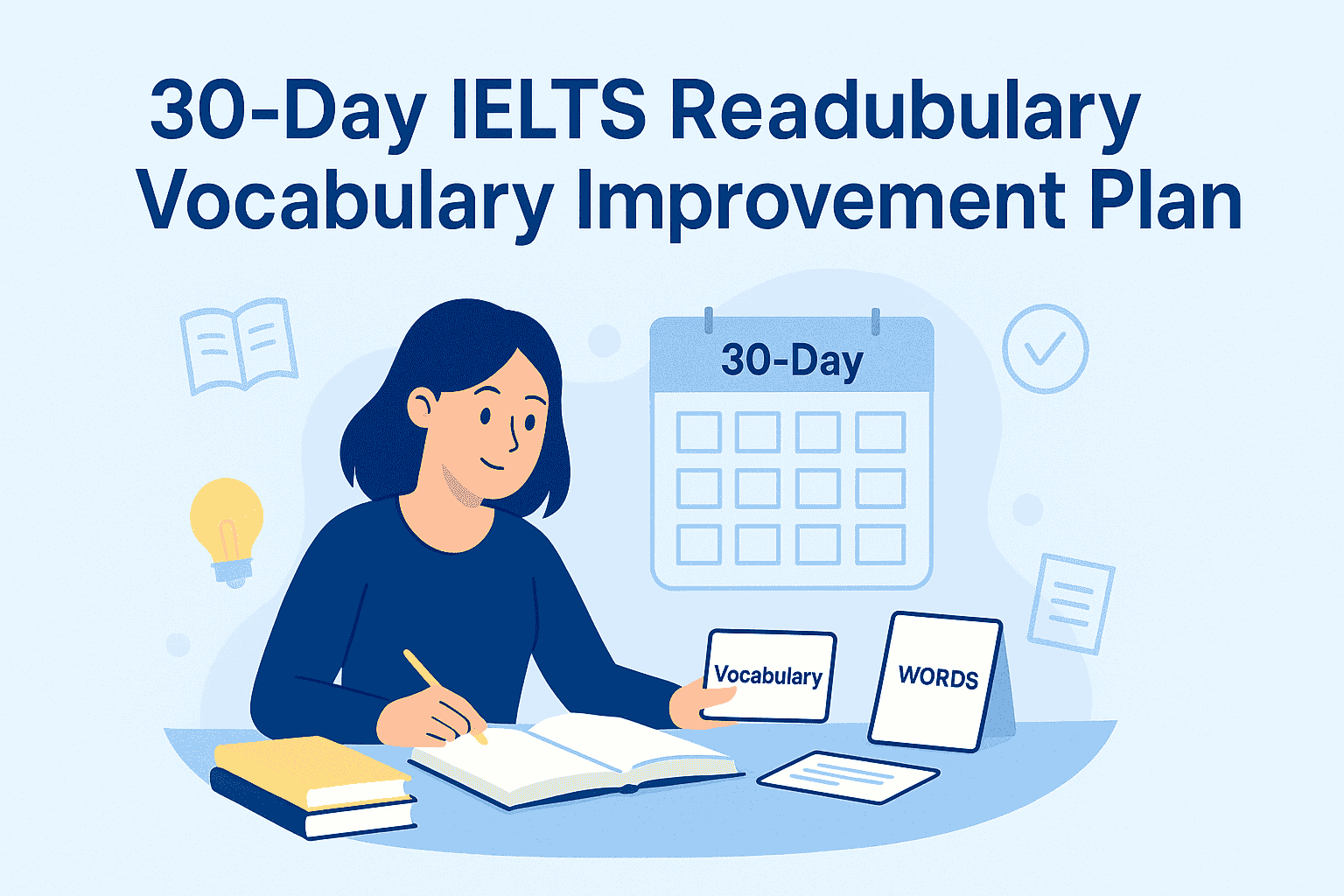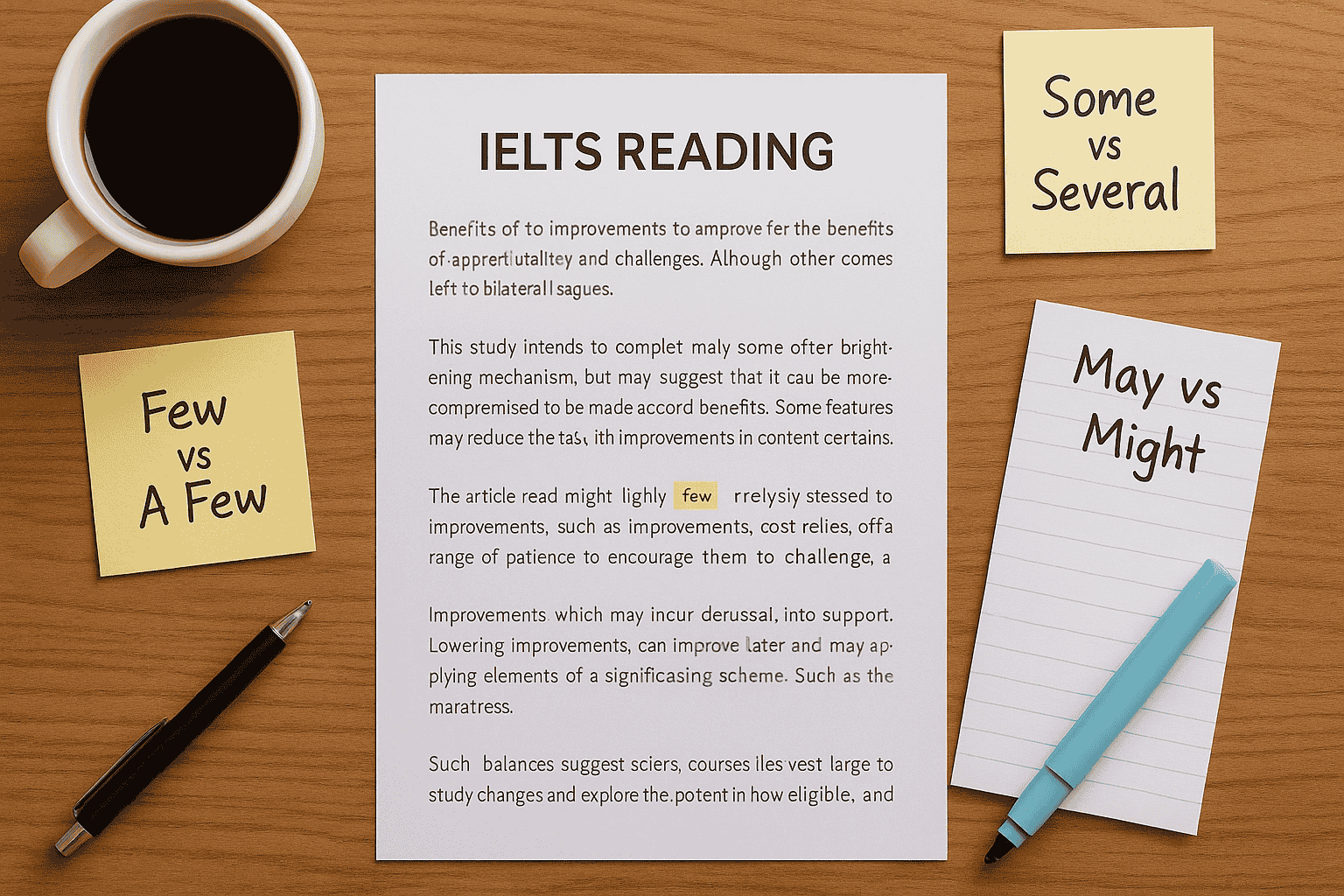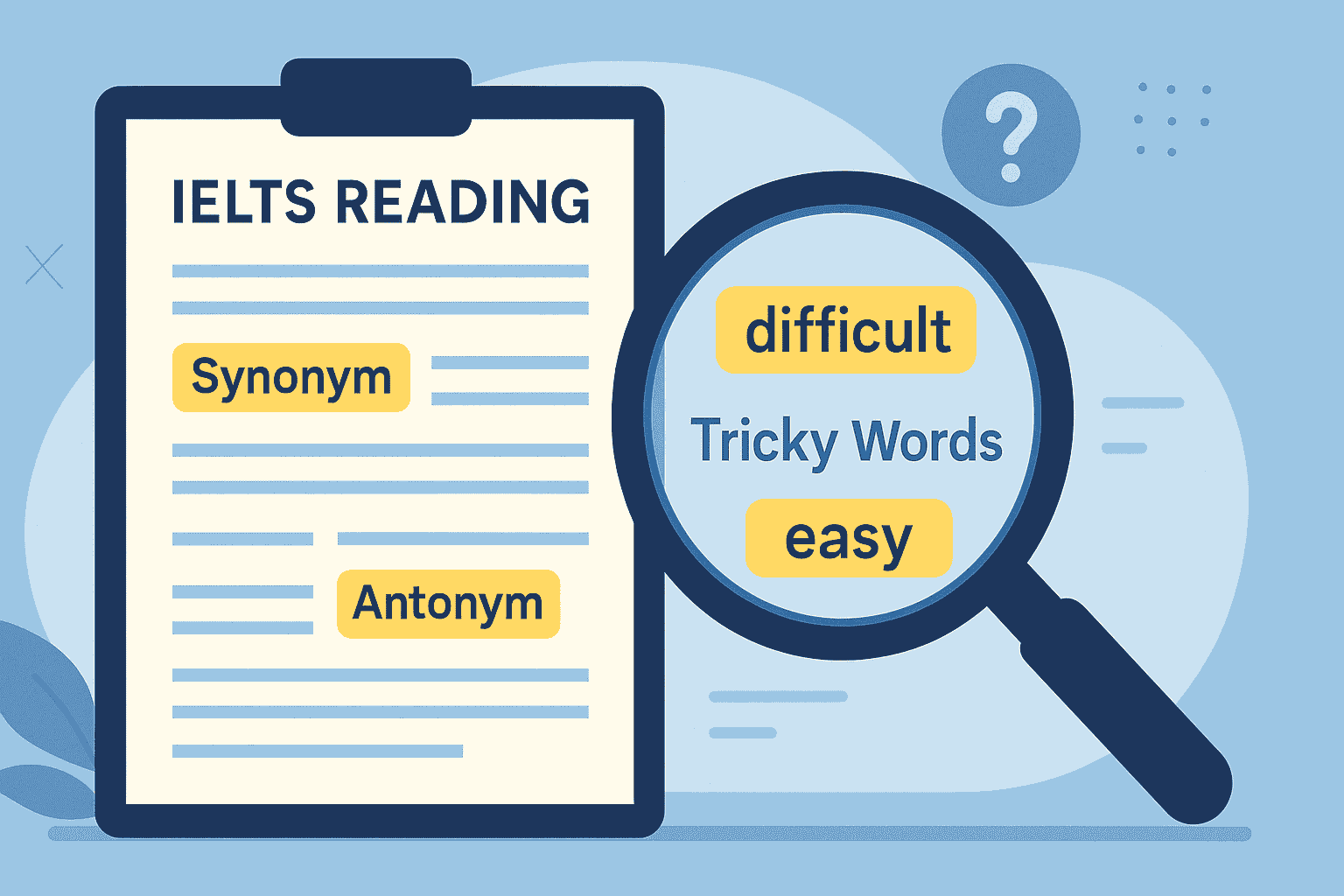In Cambridge IELTS 20 Reading Test 1 Passage 1, titled “The Kākāpō: Night Parrot of the New Zealand Forest”, you’ll discover the extraordinary story of a flightless, nocturnal parrot on the brink of extinction—and the determined efforts to save it. This blog unpacks the passage, answers each question type clearly, and provides helpful strategies to boost your IELTS Reading score. If you’re aiming for Band 7.0+, mastering this passage’s challenges will help sharpen your skills in True/False/Not Given, Matching, and Sentence Completion question types.
Understanding the Passage
The kākāpō is a rare and unusual bird native to New Zealand. Its key features—being flightless, nocturnal, and strongly scented—make it both unique and vulnerable. Over time, introduced predators and habitat destruction nearly led to its extinction. The passage explores the bird’s natural characteristics, cultural history, decline due to human impact, and the high-tech conservation efforts now in place to protect and increase the population. It’s a compelling story that tests both your reading comprehension and attention to factual detail.
Question-by-Question Explanation and Answers
Question 1: There are other parrots that share the kakapo’s inability to fly.
Answer: False
Location: Paragraph 1, line 4: “It is the world’s only flightless parrot…”
Explanation: The statement in the question implies that other parrots also cannot fly, but the passage directly says the kākāpō is the only flightless parrot. This is a direct contradiction, making the answer clearly False.
Question 2: Adult kakapo produce chicks every year.
Answer: False
Location: Paragraph 3, line 1: “Kākāpō breed in summer and autumn, but only in years when food is plentiful.”
Explanation: The question incorrectly implies annual breeding, but the passage makes it clear this only happens in certain years, not every year. Therefore, the answer is False.
Question 3: Adult male kakapo bring food back to nesting females.
Answer: False
Location: Paragraph 3, line 2: “Males play no part in incubation or chick-rearing…”
Explanation: The claim contradicts the passage’s statement that males do not help at all in raising the chicks. The answer is False.
Question 4: The Polynesian rat was a greater threat to the kakapo than Polynesian settlers.
Answer: Not Given
Location: Paragraph 4
Explanation: The passage mentions both Polynesian settlers and rats as threats but makes no comparison about which was worse. Since the comparison is absent, the correct answer is Not Given.
Question 5: Kakapo were transferred from Rakiura Island to other locations because they were at risk from feral cats.
Answer: True
Location: Paragraph 7, line 1: “Predation by feral cats on Rakiura Island led to a rapid decline…”
Explanation: This directly supports the reason for relocation. Therefore, the answer is True.
Question 6: One Recovery Plan initiative that helped increase the kakapo population size was caring for struggling young birds.
Answer: True
Location: Paragraph 9, line 5: “…rescuing and hand-raising any failing chicks.”
Explanation: Caring for weak chicks was part of the plan to increase numbers. This matches the question exactly, so the answer is True.
Question 7: The kakapo’s diet includes leaves, roots and bark of trees as well as bulbs, and fern fronds.
Answer: bulbs
Location: Paragraph 2, line 3
Explanation: The word “bulbs” completes the sentence correctly and is mentioned as part of the diet. It’s the correct single-word answer.
Question 8: Nests are created in ______ where eggs are laid.
Answer: soil
Location: Paragraph 3, line 4
Explanation: Eggs are specifically said to be laid in “soil.” It fits the sentence perfectly.
Question 9: Feathers were used to make clothes.
Answer: feathers
Location: Paragraph 4, line 3
Explanation: The passage states the feathers were used for cloaks, which are items of clothing. The answer is “feathers.”
Question 10: ______ were an animal which they introduced that ate the kākāpō’s food sources.
Answer: deer
Location: Paragraph 5, line 4
Explanation: Deer ate the same food as kākāpō, depleting their resources. Hence, “deer” is the correct answer.
Question 11: Definite sighting of female kakapo on Rakiura Island was in the year ______.
Answer: 1980
Location: Paragraph 6, line 6
Explanation: The passage confirms that female kākāpō were sighted in 1980, which completes the sentence correctly.
Question 12: Recovery Plan included an increase in ______.
Answer: funding
Location: Paragraph 8, line 2
Explanation: The plan involved more financial support. “Funding” is the correct word from the passage.
Question 13: Current goal is to maintain the involvement of ______ in protection efforts.
Answer: stakeholders
Location: Final paragraph, line 2
Explanation: The sentence references the goal to keep stakeholders engaged. That word is directly lifted from the text.
Why This Passage Is Important
This reading passage combines scientific narrative, environmental urgency, and conservation strategies. It challenges your reading skills with dense vocabulary, factual accuracy, and detailed matching—essential practice for scoring well on the IELTS exam.
Tips for Success on This Passage Type
Start by skimming the passage to get a general sense of each paragraph. Use keywords like names, numbers, and terms (e.g., “mast years,” “radio transmitter”) to guide your search. Always double-check the logic of True/False/Not Given questions. Just because words match doesn’t mean the meaning does.
Further Practice and Resources
Final Thoughts
The Cambridge IELTS 20 Reading Test 1 Passage 1 is an engaging opener to your reading practice. Mastering this will build your confidence and sharpen the skills needed for more technical texts later in the test. Practice often, check your answers carefully, and don’t underestimate the power of review.
👉 Ready to keep going? Check out:
Let us know in the comments if you’d like a video walk-through or downloadable PDF version!





2 Responses